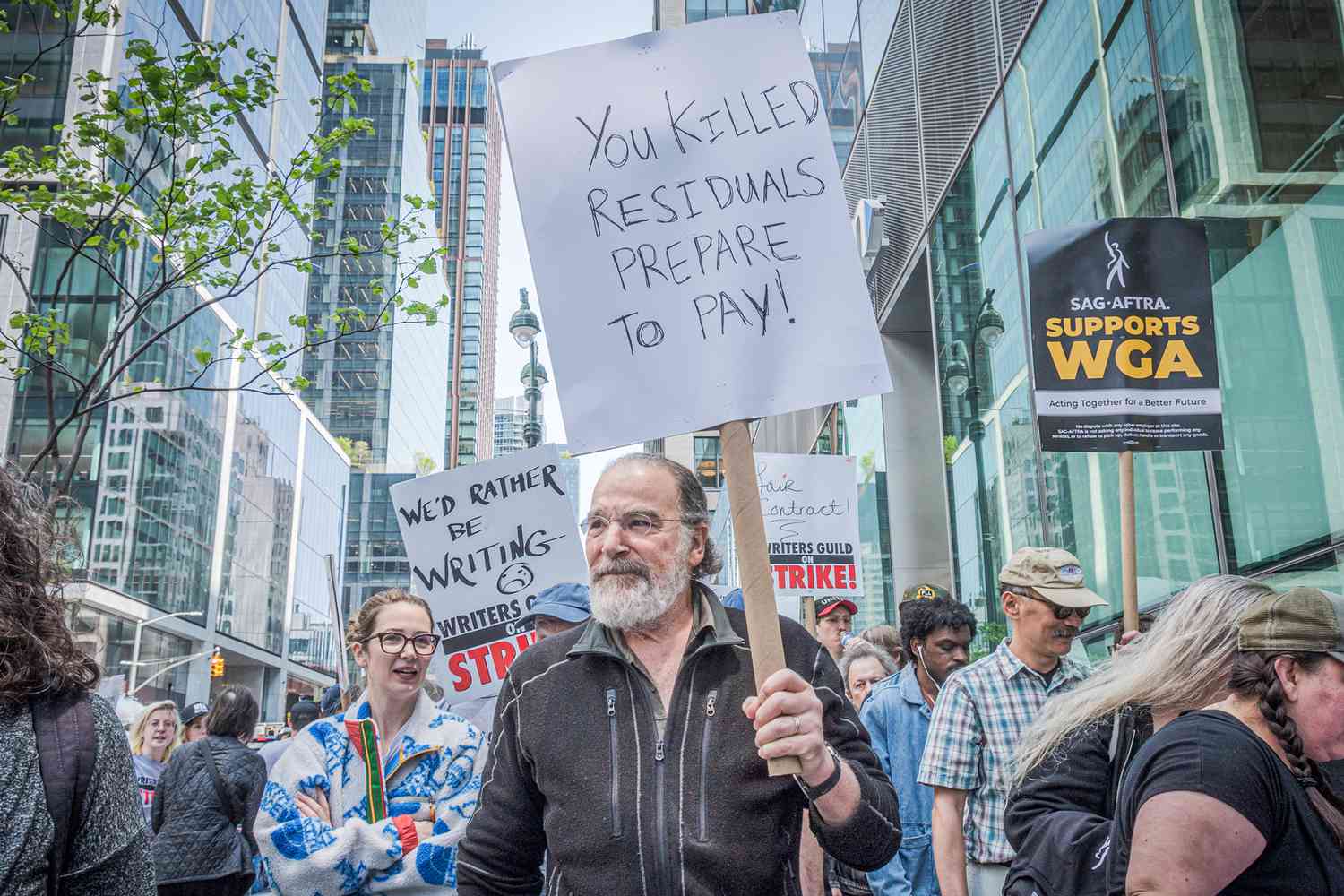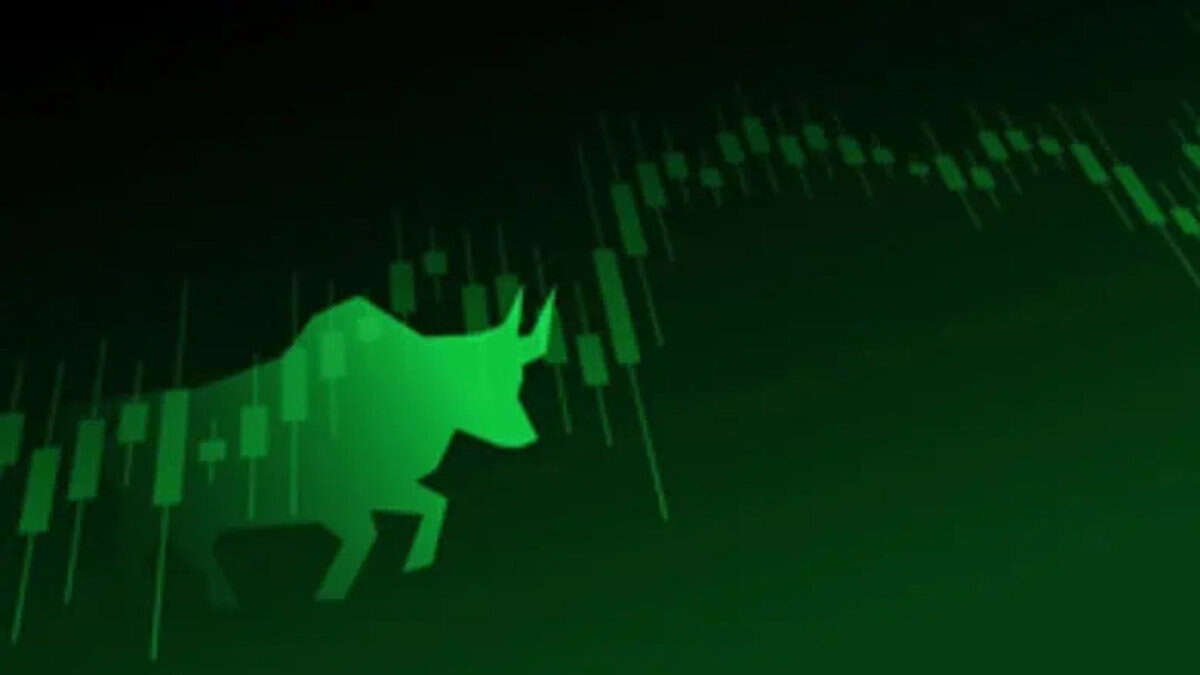WGA And SAG-AFTRA Strike: What It Means For The Future Of Hollywood

Table of Contents
Key Demands of the WGA and SAG-AFTRA Strike
The strike is driven by a multitude of concerns, all stemming from the changing dynamics of the entertainment industry. The core demands center around fair compensation in the streaming era, the ethical implications of AI, and improved working conditions.
Fair Wages and Residuals in the Streaming Era
The shift from traditional television models to streaming platforms has dramatically altered how actors and writers are compensated. The old system of residuals, where actors and writers received payments each time their work aired, has largely disappeared in the streaming world. Streaming services often offer upfront payments without the promise of subsequent residuals, leading to significant financial losses for many creatives. This lack of transparency in viewership data further exacerbates the problem, making it difficult for creatives to understand the value of their contributions.
- Examples of how streaming has negatively impacted compensation: A writer whose show is a massive streaming hit might receive only a fraction of the compensation they would have earned under a traditional network model. Similarly, actors in popular streaming shows might find their earnings far below what they could have expected from a successful network series.
- Comparison of traditional vs. streaming residuals: Traditional television offered substantial residuals for syndication and repeated airings. Streaming platforms largely lack this system, leaving creatives with only initial payments.
- Demand for fairer profit-sharing models: Both the WGA and SAG-AFTRA are pushing for fairer profit-sharing models that reflect the success of their work on streaming platforms, mirroring the more equitable arrangements of the past.
The Rise of AI and its Impact on Creative Professionals
The rapid advancement of AI technology poses a significant threat to the livelihoods of writers and actors. AI tools are increasingly being used to generate scripts, create virtual actors, and even replace human voiceovers. This raises serious concerns about job displacement and copyright infringement. The unions are demanding safeguards to prevent the exploitation of creative work through AI.
- Specific examples of AI tools used in scriptwriting and acting: AI programs can now generate scripts based on input prompts, while AI-generated deepfakes can replicate actors' performances.
- Concerns about the erosion of creative control: The use of AI in creative processes raises concerns about the erosion of human control and the potential devaluation of original work.
- Demands for safeguards against AI exploitation: The unions are demanding clear guidelines and regulations regarding the use of AI in the entertainment industry, including provisions protecting the rights and compensation of human creatives.
Working Conditions and Health Benefits
The strike also addresses longstanding concerns about working conditions and healthcare benefits within the industry. Actors and writers often face grueling schedules, long hours, and inadequate compensation, particularly for those working on lower-budget productions. Access to affordable and comprehensive health insurance and retirement plans remains a significant challenge.
- Specific examples of poor working conditions: Long hours, unrealistic deadlines, and lack of adequate breaks are common complaints. Harassment and discrimination also remain prevalent issues.
- Demands for improved health insurance and retirement plans: The unions are pushing for better health benefits and retirement plans that reflect the precarious nature of work in the entertainment industry.
Potential Short-Term Impacts of the Strike
The ongoing WGA and SAG-AFTRA strike has already had a significant impact on Hollywood's production pipeline and release schedules.
Production Delays and Cancellations
Numerous film and television productions have been indefinitely delayed or canceled due to the strike. This has led to substantial financial losses for studios and production companies, impacting not only the major players but also the numerous smaller businesses and individuals who rely on the industry.
- List of major projects affected by the strike: Numerous high-profile films and television series, including late-season productions, have halted production, leaving a considerable backlog.
- Estimated financial losses for the industry: The financial impact of the strike is already substantial and continues to grow daily.
Impact on Television and Film Releases
The strike is also leading to delays in the release of upcoming films and television shows. This has a ripple effect on marketing campaigns, distribution strategies, and ultimately, box office numbers. The disruption could also significantly impact awards season timelines and eligibility.
- Examples of films and TV shows with potential release delays: Many anticipated films and television series are likely to be pushed back significantly.
- Impact on awards seasons: The timing of awards season could be significantly disrupted, affecting eligibility criteria and potentially altering the landscape of awards contenders.
Long-Term Implications for the Future of Hollywood
The WGA and SAG-AFTRA strike holds the potential to reshape the entertainment landscape in profound ways.
Reshaping the Entertainment Landscape
The strike could fundamentally alter the relationship between studios, streamers, and creative professionals. This might involve significant changes in compensation models, the introduction of new industry regulations, and ultimately, a shift in power dynamics towards the unions.
- Potential changes in compensation models: The strike might lead to the adoption of fairer profit-sharing models and a renewed focus on residuals in the streaming era.
- New industry regulations: This strike could spur the development of stricter regulations regarding working conditions, AI usage, and overall worker protections in the industry.
- Increased power for unions: The strike could significantly increase the bargaining power of the WGA and SAG-AFTRA, leading to greater influence over industry practices.
The Evolution of Storytelling in the Age of AI
The strike could significantly influence the development and use of AI in the entertainment industry. This might lead to limitations on AI usage in scriptwriting and acting, as well as the establishment of ethical guidelines to protect human creativity.
- Potential limitations on AI usage in scriptwriting and acting: The strike might lead to industry agreements or regulations limiting the use of AI in creative processes.
- The need for ethical guidelines regarding AI in creative fields: The strike underscores the need for developing clear ethical guidelines regarding the responsible use of AI in creative endeavors.
The Future of Labor Relations in Hollywood
The strike has the potential to fundamentally alter labor relations in Hollywood. It could lead to increased union membership, stronger collective bargaining power, and potentially, a pattern of future strikes if industry demands are not met.
- Increased union membership: The strike may inspire greater participation in unions within the entertainment industry.
- Stronger collective bargaining power: A successful strike could lead to significantly stronger collective bargaining power for unions.
- Potential for future strikes: If the current demands are not met, this strike could set a precedent for further labor actions in the future.
Conclusion
The WGA and SAG-AFTRA strike represents a pivotal moment in Hollywood history. The demands for fair wages, protection from AI exploitation, and improved working conditions underscore the need for a fundamental shift in the industry's approach to creative professionals. The short-term impacts are already significant, but the long-term consequences could reshape the entertainment landscape, labor relations, and the very nature of storytelling. Understanding the nuances of the WGA and SAG-AFTRA strike is crucial for anyone interested in the future of Hollywood. Stay informed about the ongoing negotiations and their impact on the industry by following reputable news sources and the official websites of the WGA and SAG-AFTRA.

Featured Posts
-
 Amundi Msci World Ii Ucits Etf Dist A Guide To Net Asset Value Nav
May 24, 2025
Amundi Msci World Ii Ucits Etf Dist A Guide To Net Asset Value Nav
May 24, 2025 -
 Top 10 Us Beaches Of 2025 Dr Beachs Picks
May 24, 2025
Top 10 Us Beaches Of 2025 Dr Beachs Picks
May 24, 2025 -
 Canadian Automotive Industry Seeks Stronger Response To Us Trade Threats
May 24, 2025
Canadian Automotive Industry Seeks Stronger Response To Us Trade Threats
May 24, 2025 -
 Dax Stable After Record Run Frankfurt Stock Market Opens
May 24, 2025
Dax Stable After Record Run Frankfurt Stock Market Opens
May 24, 2025 -
 16 Nisan 2025 Avrupa Piyasa Raporu Stoxx Europe 600 Ve Dax 40 Endekslerindeki Duesues
May 24, 2025
16 Nisan 2025 Avrupa Piyasa Raporu Stoxx Europe 600 Ve Dax 40 Endekslerindeki Duesues
May 24, 2025
